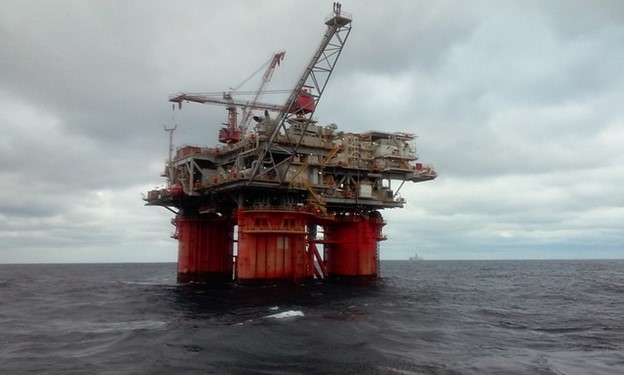Oil prices dropped in Asia after the Organization of the Petroleum Exporting Countries and its partners conformed to raise output cuts by almost 50% in 2020.
U.S. Crude oil WTI futures traded 0.03% below $58.27. International Brent oil futures decreased by 0.4% to $63.15.
OPEC+ agreed to reduce an extra 500,000 barrels per day (bpd) of output. However, the move failed to increase oil prices today as the curb would possibly only last through the first quarter of 2020. It is a shorter timeframe than recommended by some OPEC ministers, who called for extending cuts until June or December next year.
OANDA’s senior market analyst said the decisions seem to be more of a housekeeping move. Thus, it might limit the gap between their current target and the over-compliance they’ve seen from the alliance.
Details of the deal will need to be hammered out at an OPEC+ meeting. The meeting will begin later in Vienna.
In other news, Saudi Aramco, a state-owned oil giant, priced its initial public offering ahead of its indicative range. It increased $25.6 billion from the world’s biggest offering.
Aramco set its IPO at $8.52 per share, which is the top of its suggestive range. The stocks will put on the list on Saudi Arabia’s local stock exchange, and start trading on Dec. 12.
Oil Prices Up, U.S. Crude Trading Near Two-Month High
Oil increased in early Asia trade, with U.S. crude trading almost a two-month peak after OPEC agreed to raise output curbs by 50% in 2020. However, OPEC stopped promising any further steps after March 2020.
West Texas Intermediate oil futures increased by 2 cents at $58.45 a barrel. They surged to as high as $59.12 a barrel on Thursday, the peak since the end of September.
Brent futures rose up 1 cent at $63.40. Thus, they dropped by 0.6% on Thursday.
The Organization of the Petroleum Exporting Countries and allies, including Russia, agreed to more output curbs. This is to avert oversupply early 2020 as economic growth stagnates amid the U.S.-China trade war.
OPEC has been withholding 1.2 million bpd, and the new cost represents about 1.7% of global oil output. The deal, which needs to be formally accepted later, will reduce 500,000 bpd of production, through tighter compliance and some changes.
A panel of ministers representing OPEC and non-OPEC producers suggested the cuts be made, according to Russian Energy Minister, Alexander Novak. Besides, Russia leads the organization.
The OPEC+ meeting will begin later in Vienna, where details will be hammered out.
Saudi Aramco, Saudi Arabia’s state-owned oil company, also supports the initial public offering. Also, it priced the shares on sale at the top of a recommended range, on Thursday.
The sale was the world’s biggest initial public offering, beating the Alibaba Group Holdings’ $25 billion listings in 2014. Contrarily, it fell short of valuing Saudi Aramco at $2 trillion, a target wanted by Saudi Crown Prince, Mohammed bin Salman.
Moreover, some foreign shareholders stayed away, and the sale restricted to Saudi individuals and regional shareholders.















